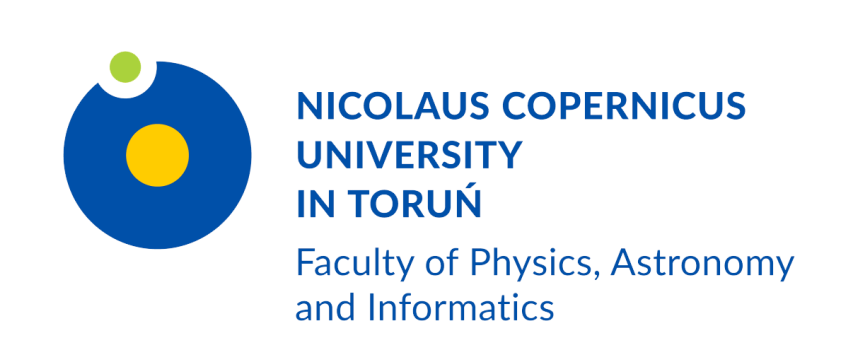 LARGEST GAMMA-RADIATION LABORATORY
LARGEST GAMMA-RADIATION LABORATORY
Research works concerning high energy astrophysics at the NCU’s Institute of Astronomy are conducted mainly within the framework of H.E.S.S. project (High Energy Stereoscopic System). The participants of the project are a few dozens of research institutions from more than ten countries, including a number of Polish scientific units (Nicolaus Copernicus Astronomical Center of the Polish Academy of Sciences, The Henryk Niewodniczański Institute of Nuclear Physics of the Polish Academy of Sciences, Jagiellonian University in Kraków, University of Warsaw, Nicolaus Copernicus University in Toruń).
The H.E.S.S. project team has access to the largest in the world ground observatory of Gamma radiation, which is located in Namibia in south-western Africa. The observatory is equipped with four telescopes whose light-gathering surface is about 12 meters, and one instrument whose surface is equal to a mirror with the diameter of 28 meters! It is the largest, fully-operated, telescope which gathers visible light ever constructed (description of H.E.S.S. telescopes).
It is worth emphasizing that the instrument has been constructed partly thanks to the Polish involvement in the H.E.S.S. project. Mechanical components of the mirror collimation system- 1000 sets of so-called collimators were produced in Poland, which also financed the purchase of 84 (out of 875) 90-centimeter mirrors which form the telescope’s gathering surface. The instruments used in the observatory of H.E.S.S. project are referred to as Cherenkov telescopes. It is related to the fact that they observe co-called Cherenkov’s radiation, generated in the Earth’s atmosphere by cosmic radiation particles or Gamma photons. One can say that Cherenkov telescopes make indirect measurements, using Earth’s atmosphere as a detector.
The research conducted as part of H.E.S.S. project can be divided into three groups according to subject. The first one is searching for and observation of so-called cosmic accelerators, which are sources in which cosmic radiation can be generated. For this purpose, observations of remains after supernova explosions, pulsars and pulsar wind nebulae, X-ray binaries, star-forming areas, blazars, radio galaxies and gamma-ray flashes are conducted. The second area includes research related to observations of intergalactic background of infrared radiation and measuring the properties and structure of intergalactic magnetic field. The research makes primary use of measuring the radiation of extra-galactic objects such as active galactic nuclei. The third area of research focuses on testing fundamental theories of Physics by searching for traces of annihilation of dark matter particles or studying the unchangeability of Lorentz transformation.
The results of studies conducted within the H.E.S.S. project are usually published in a few, or even up to a dozen reviewed scientific articles a year. The most important works which have been published during the recent years include:
- Abbott B.P. et al., including Katarzyński K. (2017) Multi-messenger Observations of a Binary Neutron Star Merger, ApJL 848, L12
- HESS Collaboration: Abramowski A. et al., including Katarzyński K. (2016) Acceleration of petaelectronvolt protons in the Galactic Centre, Nature 531, 476
- HESS Collaboration: Abramowski A. et al., including Katarzyński K. (2015) The exceptionally powerful TeV γ-ray emitters in the Large Magellanic Cloud, Science 347, 406
- Acciari V.A. et al., including Katarzyński K. (2009) Radio Imaging of the Very-High-Energy γ-Ray Emission Region in the Central Engine of a Radio Galaxy, Science 325, 444
- Acero F. et al., including Katarzyński K. (2009) Detection of Gamma Rays from a Starburst Galaxy, Science 326, 1080
The person representing NCU’s Institute of Astronomy in the works on the H.E.S.S. project is professor of NCU Krzysztof Katarzyński, Ph.D (www).

 Piwnice k. Torunia, 87-148 Łysomice
Piwnice k. Torunia, 87-148 Łysomice